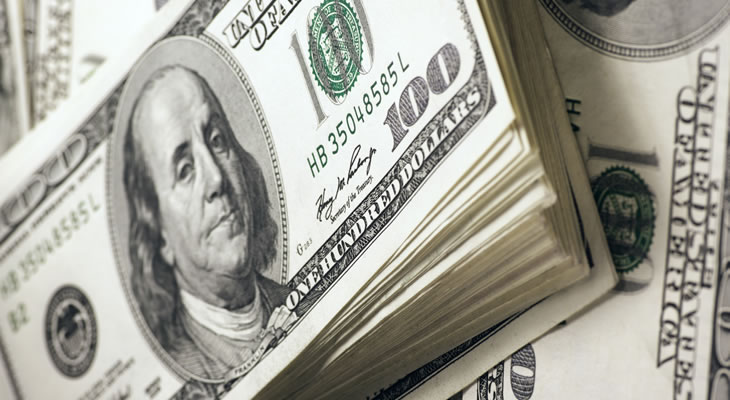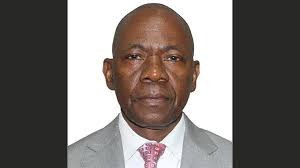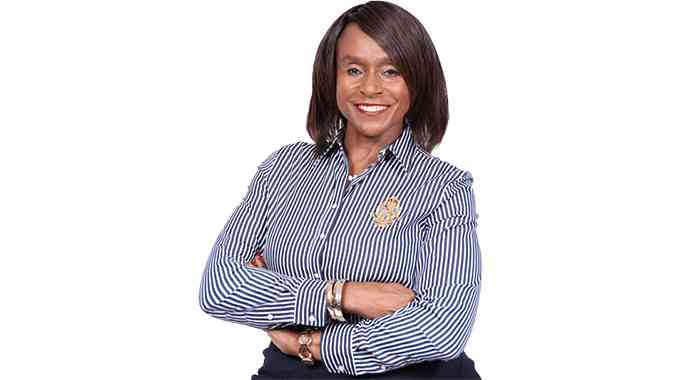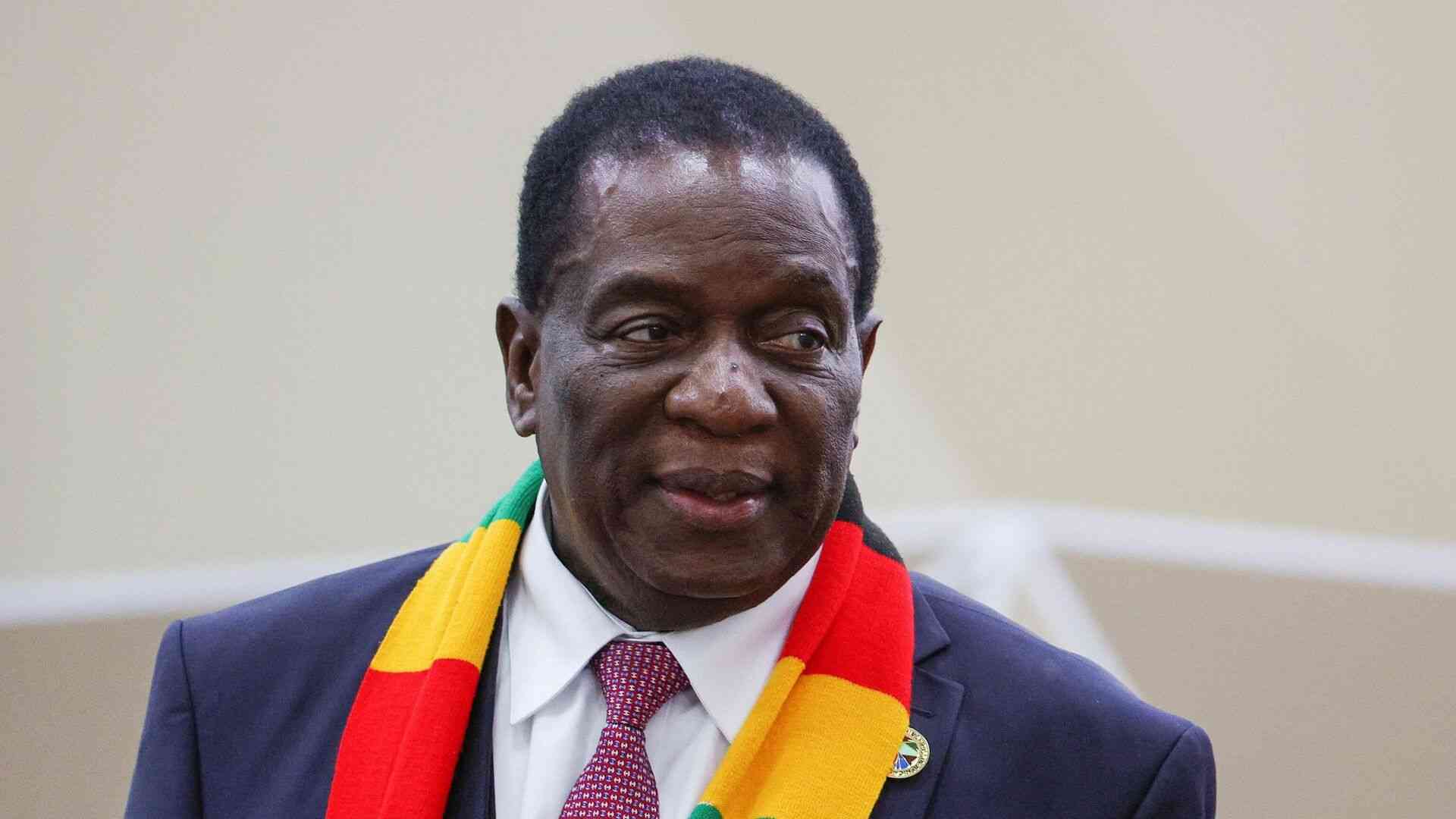
Most people are concerned about the turn in the interest rate cycle as indications point to a likely US Federal Reserve (the Fed) interest rate upswing before the end of the year.
Nesbert Ruwo and Jotham Makarudze
The general relationship between interest rates and the business cycle can be seen on how the monetary authorities use interest rates as a mechanism for intervention. Monetary authorities may follow a stimulative approach, that is, increasing monetary supply and/or lowering interest rates when the economy is weak. Lower interest rates encourage borrowing, investment and spending by businesses and consumers and this supports stock price increase. When a central bank starts cutting rates, yields on bonds decline, and bond values increase. The spread between treasuries and corporate debt gets wider and investors flight to safety and pile up bonds.
After the first hike, domestic stocks continue to go up. Bond yields increase and bond values decline as people continue to sell down their bonds. The spread between the yield on treasuries and corporate debt continues to decline as most companies generally perform better. When the economy experiences rapid growth with a high risk of overheating, generating too much inflation, monetary authorities embark on restrictive measures such as decreasing monetary supply and/or raising short-term interest rates. In recent times, the largest central banks have extensively used short term interest rates as a mechanism to control inflation and manage GDP growth.

The global market is waiting in anticipation on what course of action the Fed will take this week. This is presumably the most anticipated Fed meeting. The Fed has kept interest rates at historic, near-zero lows for nearly seven years, having last raised rates in June 2006 by 25 basis points to 5,25%. Thereafter, the Fed, in response to the housing and subprime loan crisis, began an aggressive interest rate cutting cycle. Since December 2008, the Fed has been following a zero interest rate policy (Zirp) having “pegged” the benchmark interest rate at between zero percent and 0,25% and bought trillions worth of bonds in its quantitative easing programme, in a bid to prop up the faltering economy.
The US economy seems to have positively responded to the Zirp. The US department of labour statistics show that the economy added nearly 3 million jobs over the last 12 months and registered an unemployment rate at 5,1% (August 2015). The unemployment rate is down from 10% registered in October 2009. In addition, inflation has been depressed due to factors such as falling oil prices and a rising dollar, the effects of which should not be sustainable. There is a moral hazard that continued Zirp may encourage “irrational exuberance” and encourage risky investments which may be a recipe for a future financial disaster. The view of the Fed is that it should keep its eyes on the inflation, which may shoot above the target of 2% if the inflation-downward pressure lid is lifted. It is from this background that the Fed is expected to increase interest rates before the end of the year. However, it is anticipated that this rate increase cycle will be gradual and the first hike, likely a quarter of a percentage point, will get a lot of market attention.
But how does the Fed interest rate hike matter to the global economy, particularly the emerging economies like the Brics (Brazil, Russia, India, China and South Africa)? The US dollar strengthens as investors, all things being equal, buy higher yielding US bonds. The US dollar currency index has increased by 13,4% over the past 12 months to the current level of 95,6. The dollar index measures the value of the US dollar relative to the basket of the majority of US’s most significant trading partners’ currencies. The index currently factors the Euro, British pound, Japanese yen, Canadian dollar, Swedish krona and Swiss franc.
- Chamisa under fire over US$120K donation
- Mavhunga puts DeMbare into Chibuku quarterfinals
- Pension funds bet on Cabora Bassa oilfields
- Councils defy govt fire tender directive
Keep Reading
Emerging markets and currencies are bearing the brunt of the strengthening dollar, especially so with countries with dollar-denominated debt. Nervousness in the market over the Fed’s decision is causing increased volatility in emerging markets. The South African rand has become one of the worse performing currencies that include the Brazil real, in 2015, as the global market prepares for a Fed hike.
Other investment assets respond differently to an interest rate hike. Higher interest rates indicate that economic growth has been established, and that is good for some listed companies, which should benefit from an economic health dividend. A hike helps financials (banks, insurance) with a high net interest margin and this has a positive endowment effect as banks re-price their loan books. Non-financial stocks like consumer discretionary stocks as well as industrials benefit as well. Rising rates could hurt investments, and the economy, by making money more expensive to borrow. However, in the long run, equities have outperformed all other asset classes. You would probably want to be underweight fixed interest assets, homebuilders and automakers stocks as well as gold as it typically loses value because it doesn’t pay any interest, unlike interest-earning assets like cash.
For consumers and households, the action to take is to reduce debt. The cumulative hikes will hurt consumers on variable-rate mortgages, credit card, and overdraft and on personal loans.
*Nesbert Ruwo (CFA) and Jotham Makarudze (CFA) are investment professionals based in South Africa. They can be contacted on [email protected]











